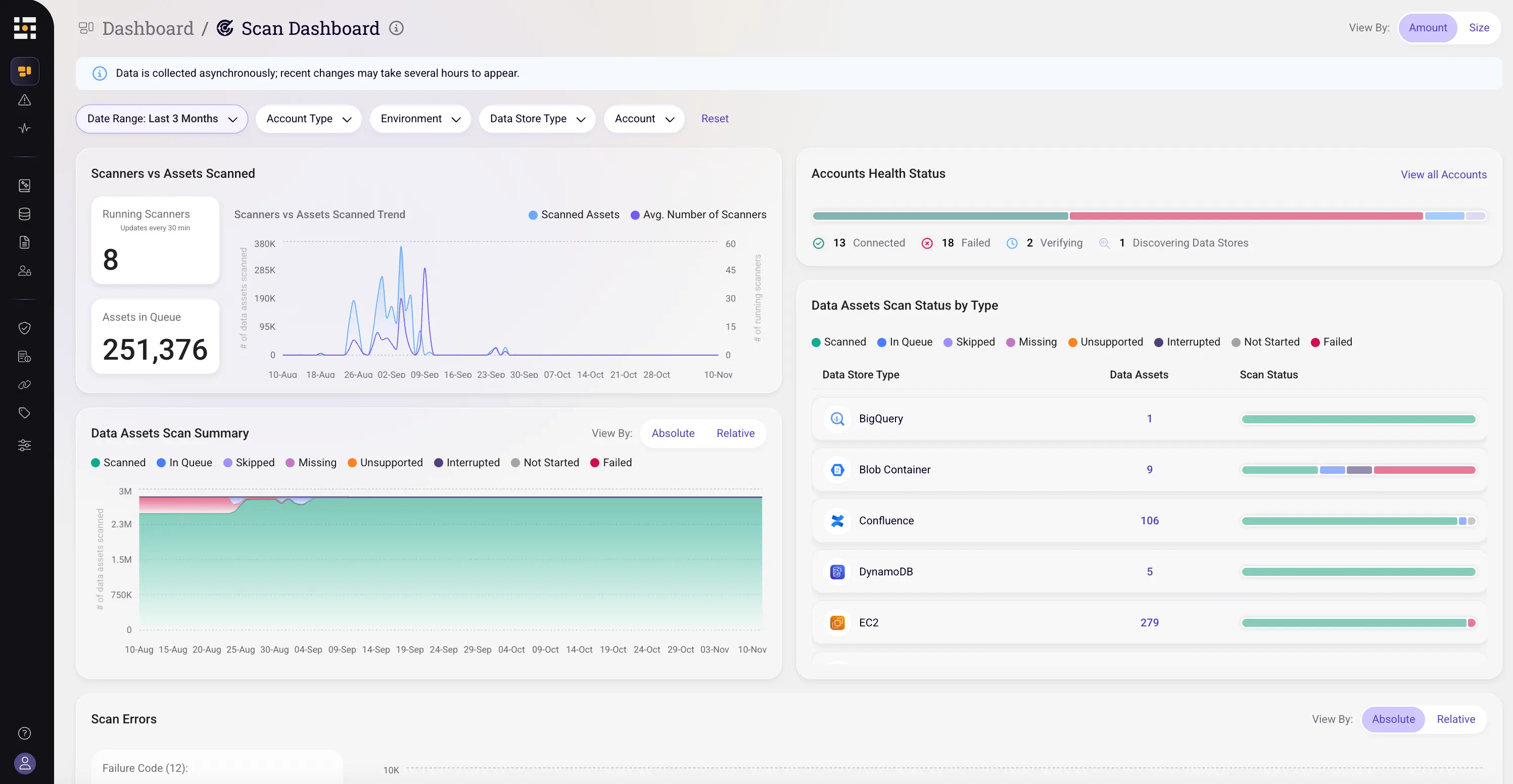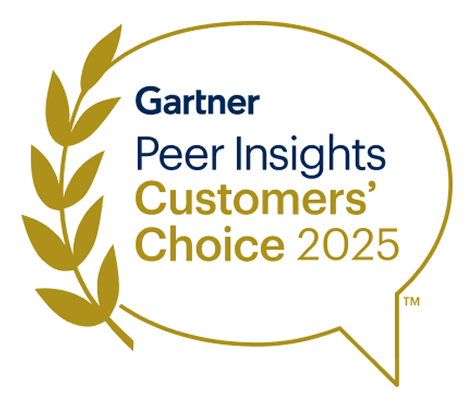Data Blindness: The Hidden Threat Lurking in Your Cloud
“If you don’t know where your sensitive data is, how can you protect it?”
It’s a simple question, but for many security and compliance teams, it’s nearly impossible to answer. When a Fortune 500 company recently paid millions in fines due to improperly stored customer data on an unmanaged cloud bucket, the real failure wasn’t just a misconfiguration. It was a lack of visibility.
Some in the industry are starting to refer to this challenge as "data blindness".
What Is Data Blindness?
Data Blindness refers to an organization’s inability to fully see, classify, and understand the sensitive data spread across its cloud, SaaS, and hybrid environments.
It’s not just another security buzzword. It’s the modern evolution of a very real problem: traditional data protection methods weren’t built for the dynamic, decentralized, and multi-cloud world we now operate in. Legacy DLP tools or one-time audits simply can’t keep up.
Unlike general data security issues, Data Blindness speaks to a specific kind of operational gap: you can’t protect what you can’t see, and most teams today are flying partially blind.
Why Data Blindness Is Getting Worse
What used to be a manageable gap in visibility has now escalated into a full-scale operational risk. As organizations accelerate cloud adoption and embrace SaaS-first architectures, the complexity of managing sensitive data has exploded. Information no longer lives in a few centralized systems, it’s scattered across AWS, Azure, and GCP instances, and a growing stack of SaaS tools, each with its own storage model, access controls, and risk profile.
At the same time, shadow data is proliferating. Sensitive information ends up in collaboration platforms, forgotten test environments, and unsanctioned apps - places that rarely make it into formal security inventories. And with the rise of generative AI tools, a new wave of unstructured content is being created and shared at scale, often without proper visibility or retention controls in place.
To make matters worse, many organizations are still operating with outdated identity and access frameworks. Stale permissions and misconfigured policies allow unnecessary access to critical data, dramatically increasing the potential impact of both internal mistakes and external breaches.
In short, the cloud hasn’t just moved the data, it’s multiplied it, fragmented it, and made it harder than ever to track. Without continuous, intelligent visibility, data blindness becomes the default.
The Hidden Risks of Operating Blind
When teams don’t have visibility into where sensitive data lives or how it moves, the consequences stack up quickly:
- Compliance gaps: Regulations like GDPR, HIPAA, and PCI-DSS demand accurate data inventories, privacy adherence, and prompt response to DSARs. Without visibility, you risk fines and legal exposure.
- Breach potential: Blind spots become attack vectors. Misplaced data, overexposed buckets, or forgotten environments are easy targets.
- Wasted resources: Scanning everything (just in case) is expensive. Without prioritization, teams waste cycles on low-risk data.
- Trust erosion: Customers expect you to know where their data is and how it’s protected. Data blindness isn’t a good look.
Do You Have Data Blindness? Here Are the Signs
- Your security team can’t confidently answer, “Where is our most sensitive data and who has access to it?”
- Data inventories are outdated, or built on manual tagging and spreadsheets.
- You’re still relying on legacy DLP tools with poor context and high false positives.
- Incident response is slow because it’s unclear what data was touched or how sensitive it was.
Sound familiar? You’re not alone.
Breaking Free from Data Blindness
Solving data blindness starts with visibility, but real progress comes from turning that visibility into action. Modern organizations need more than one-off audits or static reports. They need continuous data discovery that scans cloud, SaaS, and on-prem environments in real time, keeping up with the constant movement of data.
But discovery alone isn’t enough. Classification must go beyond content analysis, it needs to be context-aware, taking into account where the data lives, who has access to it, how it’s used, and why it matters to the business. Visibility must extend to both structured and unstructured data, since sensitive information often hides in documents, PDFs, chat logs, and spreadsheets. And finally, insights need to be integrated into existing security and compliance workflows. Detection without action is just noise.
How Sentra Solves Data Blindness
At Sentra, we give security and privacy teams the visibility and context they need to take control of their data - without disrupting operations or moving it out of place. Our cloud-native DSPM (Data Security Posture Management) platform scans and classifies data in-place across cloud, SaaS, and on-prem environments, with no agents or data removal required.
Sentra uses AI-powered, context-rich classification to achieve over 95% accuracy, helping teams identify truly sensitive data and prioritize what matters most. We provide full coverage of structured and unstructured sources, along with real-time insights into risk exposure, access patterns, and regulatory posture, all with a cost-efficient scanning model that avoids unnecessary compute usage.
One customer reduced their shadow data footprint by 30% in just a few weeks, eliminating blind spots that their legacy tools had missed for years. That’s the power of visibility, backed by context, at scale.
The Bottom Line: Awareness Is Step One
Data Blindness is real, but it’s also solvable. The first step is acknowledging the problem. The next is choosing a solution that brings your data out of the dark, without slowing down your teams or compromising security.
If you’re ready to assess your current exposure or just want to see what’s possible with modern data security, you can take a free data blindness assessment, or talk to our experts to get started.
<blogcta-big>













.webp)
.webp)

